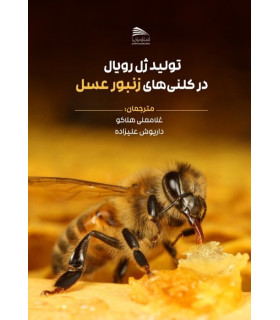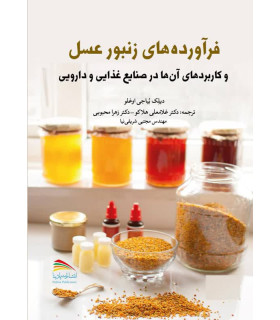Полное руководство по нектароносным и пыльценосным растениям региона Сабалан с анализом уникальной экосистемы,...
comprehensive-guide-to-beehive-integration-methods0
Introduction
Beehive integration, also known as hive merging or hive combining, is a process in beekeeping where multiple beehives are merged together to form a single, stronger hive. This technique is commonly used to manage weak or small colonies, prevent swarming, and increase overall honey production. In this comprehensive article, we will explore the various methods and considerations for beehive integration.
Reasons for Beehive Integration
Beehive integration serves several purposes in beekeeping:
Strengthening Weak Colonies: Integration allows weaker colonies to benefit from the resources, workforce, and brood population of stronger colonies, helping them become healthier and more productive.
Preventing Swarming: By combining multiple colonies, beekeepers can reduce the likelihood of swarming, which occurs when a colony becomes overcrowded and splits into multiple new colonies.
Maximizing Honey Production: Integrated hives can gather and store larger amounts of nectar and pollen, leading to increased honey production.
Methods of Beehive Integration
There are several methods to integrate beehives, each with its own advantages and considerations. The choice of method depends on the specific needs of the beekeeper and the condition of the colonies. Here are some commonly used integration methods:
Newspaper Method
Select two hives to integrate, one stronger and one weaker.
Remove the queen from the weaker hive to avoid conflict.
Place a layer of newspaper with several small slits on top of the stronger hive's frames.
Place the frames from the weaker hive on top of the newspaper.
Cover the hive and let the bees gradually chew through the newspaper, allowing them to slowly get used to each other's scents and accept the integration.
Snelgrove Board Method
Set up a Snelgrove board, which is a specialized board with multiple entrances that divides the hive into two separate parts.
Place the weaker colony on one side of the board and the stronger colony on the other side.
Over a period of several weeks, gradually move the board to reduce the distance between the colonies.
Eventually, remove the board completely, allowing the bees to integrate naturally.
Shaking Method
Select two hives, one stronger and one weaker.
Smoke both hives to calm the bees.
Place the weaker hive on its side in front of the stronger hive.
Shake the bees from the frames of the weaker hive into the entrance of the stronger hive.
Allow the bees to naturally integrate and find their places within the new hive.
Forced Integration
Remove the frames and bees from the weaker hive.
Place the frames directly into the stronger hive, ensuring that the populations are mixed.
Monitor the hive closely to ensure that the integration is successful and that the bees are adapting well.
Considerations for Beehive Integration
When integrating beehives, it is important to consider the following:
Timing: Integration should be done when the bees are actively foraging and the weather conditions are favorable.
Disease Management: Ensure that both colonies are healthy and free from any contagious diseases or pests to prevent the spread to the newly integrated hive.
Queen Status: Decide whether to keep the queen from the weaker hive, replace her with the queen from the stronger hive, or introduce a new queen altogether.
Food Supply: Ensure that the integrated hive has enough food stores to sustain the combined population, especially during periods of low forage.
Conclusion
Beehive integration is a valuable technique in beekeeping that allows beekeepers to strengthen weak colonies, prevent swarming, and maximize honey production. By carefully considering the integration methods, timing, disease management, and food supply, beekeepers can successfully merge multiple hives into a single, thriving hive. Remember to monitor the integrated hive closely to ensure a smooth transition and the well-being of the bees.
Оставить комментарий
Войдите, чтобы оставлять комментарии












































Последние комментарии